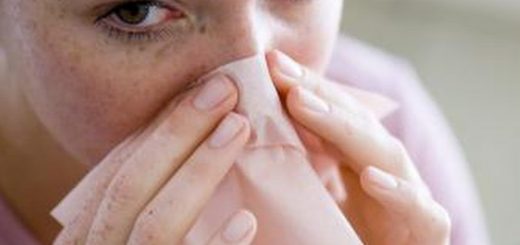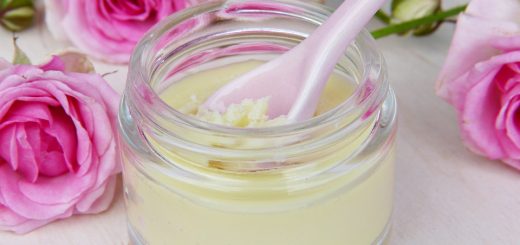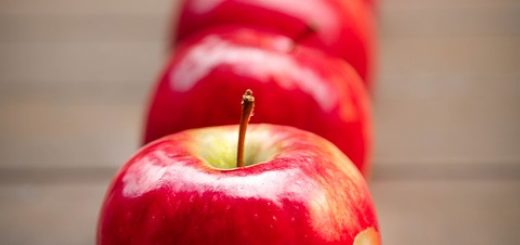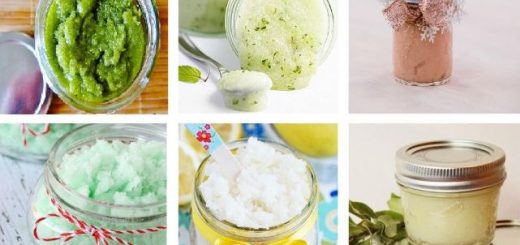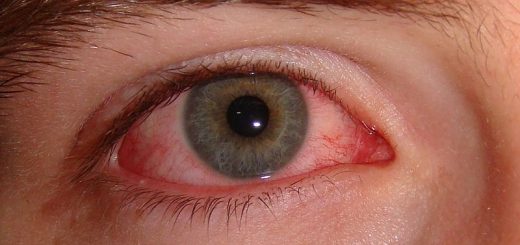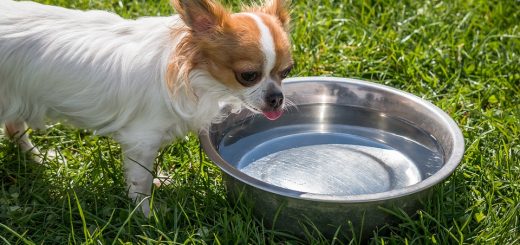32 Home Remedies for Bee Stings
Honeybee stings release approximately 0.1 milligrams of poison per sting. The average person can tolerate up to ten stings, unless they are severely allergic to bee stings.
Bee venom also called Apitoxin lacks color and is made up mainly of proteins which are ultimately responsible for the discomfort from the sting. The proteins which bee venom is comprised of can be blamed for the swelling that results when stung.
The home remedies in this article are meant for people who are not deathly allergic to bee stings. If you are deathly allergic to bee stings, do not try these remedies. Instead, seek professional medical attention as soon as you can. For all others, these home remedies can help to reduce the swelling and pain that are usually associated with bee stings.
Home Remedies for Healing Bee Stings
-
Remove the Stinger
After being stung, the bee’s stinger should be removed from your body as soon as possible. It takes a few seconds to remove the stinger but by spending time removing it, the poison is stopped from further causing harm to the body. Taking out the stinger is a simple way to stop swelling.
The stinger can be removed by using tweezers or a fingernail to scratch the area where the stinger lays. The skin should be scrapped and not pinched to avoid further spreading the poison. After the sting is removed, cleaning the affected area with antiseptic soap and fresh water is important. Once the area is washed it has to be dried prior to applying antiseptic creams or calamine lotion.
-
Epsom Salt
Epsom salt certainly does the trick of minimizing inflammation and numbing pain. To use this home remedy, fill a bathtub with warm water. Add between one and two cups of Epsom salt in the water. Soak the affected area in this bathwater for at least fifteen minutes.
-
Epsom Paste
Epsom salt can also be used to make an anti-itch paste. To make this paste, add the Epsom salts to water to make a cream which can be placed on the bee sting area. Equal parts water and Epsom salt should be mixed to make this paste. After the paste dries (on the skin), rinse it off with cool water. Use this paste as often as needed.
-
Ice Pack
After the stinger is removed, an ice pack or any frozen pack can be applied to the area. Often used for other cases of swelling and sores, the ice pack works numb pain whilst taking away the itch. It also helps in reducing the spread of bee poison to the rest of the body.
Never apply the pack directly on the skin. Use a cloth to cover the pack prior to applying. Keep the pack on the area for approximately 10 minutes. The pack can be reused and ice block replaced. The process should be an ongoing one at every few hours to promote healing.
-
Water
A natural detox occurs by drinking plenty of water to rid the body of venom. Try to drink at least eight glasses of water a day while you are recovering from the bee sting.
-
Painkillers
Painkillers work to ease the pain of a sting. You can either use painkillers as directed on the bottle, or you can make a paste out of them. To make a paste, crush two painkillers and mix it with a tablespoon of water. Mix these two ingredients together until they form a smooth paste. Rub this paste on the bee sting area. This should help to relieve the pain and swelling of the bee sting.
-
Parsley
Parsley is a herb which has anti-inflammatory properties due to its eugenol content. This home remedy works best when either eaten or applied in ointment form. The best way to use parsley to cure a bee sting is to put chopped pieces of parsley on the bee sting infected area. Wrap cloth or a bandage around the parsley to keep it in place. Keep this on the stung area for three hours. Once the time is up, remove the parsley and rinse the area with cool water.
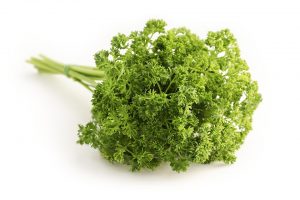
Parsley
-
Beeswax Blend
Easily blend beeswax as well as essential oil or add drops of honey using a tub to minimize the effects of painful stings. It is best to make the balm prior to getting stung and having the small tub ready for usage as need be.
The main ingredients like beeswax and coconut oil should be mixed on the stove and once boiled, should be taken off the heat. Add a few drops of lavender essential oil can be added in as well. Honey if preferable, can also be added, to provide additional soothing health benefits.
-
Basil
Basil lives must be smashed and made into a paste to be applied on the sting. Turmeric can be added to the leaves to aid in the healing process. Eugenol found in basil promotes healing.
-
Garlic
Another food item that has anti-inflammatory effects is garlic, which reduces the effects of infections and prevents swelling. You can either make a garlic paste (by crushing garlic) to put on the bee sting, or you can simply add garlic to your meals to gain health benefits from this home remedy.
-
Baking Soda Paste
Another easily made paste is baking soda paste.To make this paste, simply mix equal parts water and baking soda. The paste can be used again but the area should be rinsed thoroughly prior to reapplication.
-
Marigolds
Calendula flowers, more commonly called marigolds, contain a natural constringent. The healing properties offered by the marigold heal not only wounds but other infections as well. Marigold oil can be bought or made.
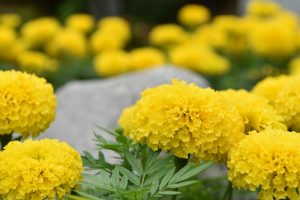
Marigold flowers
-
Papaya
Papain, in papaya, stabilizes bee poison. Green, fresh papaya has most of the enzyme papain. A papaya slice should be applied on a bee sting for a few minutes before it is removed, and the area rinsed.
If you do not want to hold a papaya slice to your bee sting, you can instead use papaya juice or mashed papaya. To use either of these, put the juice or mash on your skin and cover it with a clean cloth or bandage. Keep this on your skin for as long as possible. Keeping it on overnight will give you the most benefit from this home remedy.
-
Witch Hazel
Witch hazel has all the properties of healing usually associated with choline and garlic. This home remedy cures inflammation and reduces itchiness. Witch hazel is safe to apply directly on the sting and can be applied with lavender oil to obtain maximum relief.
-
Marshmallow Leaves
Mucilage, found in marshmallow leaves, is used for cooling and calming burn. Grind the leaves to make an ointment and rub this paste on your skin. Leave this mixture on until it dries, and then rinse it off with cool water.
-
Rock Salt and Fennel Seeds
Rock salt and fennel seeds are inevitable a pain reliever containing magnesium and other vital minerals. This aids in healing the sting faster. The perfect combination involves mixing fennel with rock salts in water to allow a paste to formulate. This can also be applied right to the sting until full healing occurs.
- Mustard Seeds
Mustard has healing properties for skin and can be made by crushing the seeds into powder form. The powder can be dusted on the stinging area and left for a few minutes. Mustard powder can instead be added to water to make a paste and applied to the sting area with a bandage or fabric piece.
-
Activated Charcoal
Activated charcoal is also used to take impurities out of the skin. Water and activated charcoal form a solution which can be applied to the infected area like any other paste would be applied.
-
Lavender Oil
As already seen, lavender essential oil has soothing properties and can make one feel comfortable again. The oil should be diluted with water before use. The dilution process requires a mere drop of the lavender oil as well as neutral oil.
-
St. John’s Wort
Along with lavender oil, St. John’s wort oil can promote healing. St. John’s Wort oil must be molded with bentonite clay to be used in the area.
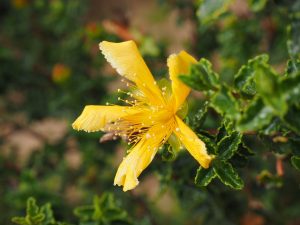
St. John’s Wort flower
-
Coconut Oil and Garlic
The amalgamation of garlic and coconut oil is potent for stings. Crushed garlic must be added to the coconut oil. Equal amounts of both ingredients should make a smooth paste. Put this paste on the affected area until it dries. Once dry, rinse off the paste with cool water.
21.Olive Oil
The benefits of olive oil are countless and can aid healing when rubbed gently on the area. You can do this as often as needed to reduce swelling of the area surrounding the bee sting.
-
Limewater Solution
Limewater, also labeled choona, can be obtained from lime and neutralizes the poison in one’s body. The limewater can be applied directly onto the sting and allowed to settle on the sting.
-
Aloe Vera
Aloe Vera is well known for its healing properties and the gel can be used to assist the healing process. To use this home remedy, simply rub some aloe vera gel on the affected area. This should soothe both the pain and inflammation of the bee sting. Aloe vera can also be used for a number of other health problems involving inflammation.
-
Rhubarb Juice
The rhubarb stem can be broken so the juice can be extracted and put on the area. The precaution here is that rhubarb juice may stain the skin. If the skin is stained, it may take a few days for the color of your skin to return to normal. This color change will not cause damage to your skin.
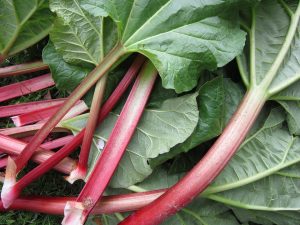
Rhubarb leaves and stems
-
Toothpaste
Toothpaste is also an easily accessible solution, which has glycerin. Glycerin speeds up the process of drying the poison. A small bout of toothpaste can be directly put on the sting. This will also help to reduce the itching and inflammation of the affected area.
-
Apple Cider Vinegar
Apple cider vinegar should be dabbed on affected areas and is known to provide immediate relief. Vinegar has a high acidity level and therefore the poison is prevented from spreading. Apple cider paste can be used on the sting or used with cotton wool. If this stings your skin, you can dilute the apple cider vinegar with water.
-
Potato
Potato pieces can be put on the sting to speed up healing. Put the inside of the potato slice on the affected area. Hold the potato slice on the affected area to reduce inflammation.
-
Plantain Leaf
Plantain leaves have many of the same healing properties as parsley. The actual leaf should be thoroughly rinsed and chewed so that it can be used on the sting as the saliva prevents inflammation. Once chewed, put the leaf on the affected area. Leave this on your skin for at least fifteen minutes.
-
Cucumber
Cucumber is known for being cool and hence soothes sting-related pain. A slice does the trick in curing the affected area. Simply put a slice of cucumber on the affected area to receive a soothing sensation and reduced inflammation.
-
Onion
Slices of onion can be applied on the sting, as the enzymes in onions help take venomous fluid out. If onion slices are placed on the skin for about an hour maximum healing is assured.
-
Tobacco Leaves
These leaves take out the poison and heal the sting. Once the leaves are smashed they can be placed on the sting and left for fifteen minutes to allow healing. Note: this home remedy is not likely to smell very good.
-
Jewel Weed
Another leaf with healing abilities is the jewelweed leaf, which should be stamped and used as a paste. Put this paste on your bee sting for at least fifteen minutes to see results.
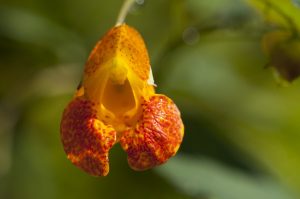
Jewel weed flower
-
Mud
If you are outdoors and none of the household ingredients are reachable, mud can be used. Water should be added to sand to make a thick paste which must be used to fully conceal the area. Make sure to rinse off the area well afterward.
References
http://healthwyze.org/reports/225-natural-remedies-for-bee-wasp-and-hornet-stings
http://www.earthclinic.com/cures/bee_stings.html
http://lacetoleather.com/bitesandstings.html
http://www.100homeremedies.com/home-remedies-for-stings-insect.html
http://www.homeremediesthatreallywork.com/home-remedies-for-bee-stings/
http://www.backpacker.com/skills/first-aid/the-cure-treating-bee-stings/
http://www.besthealthmag.ca/best-you/health/how-to-treat-a-bee-sting/

